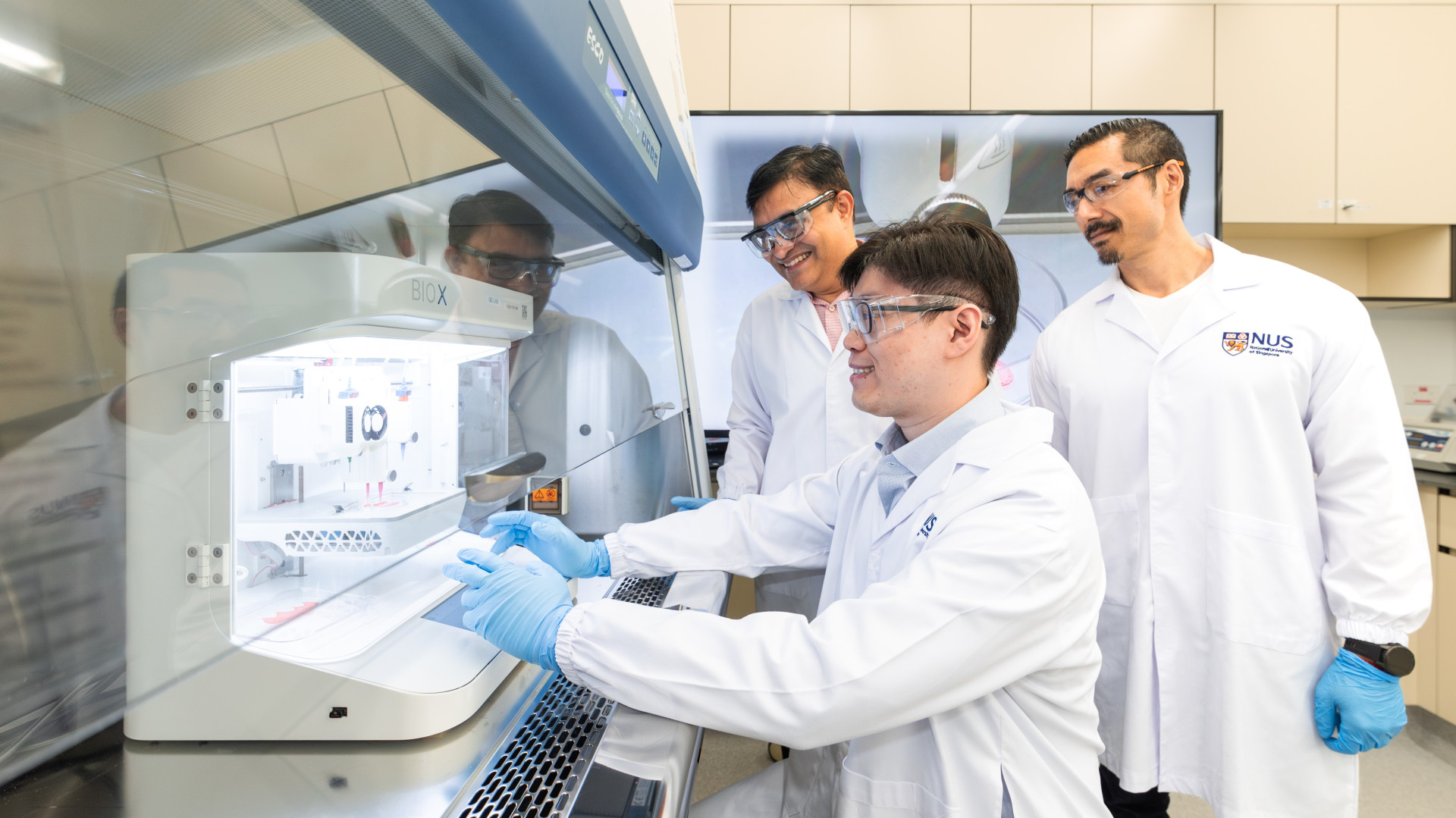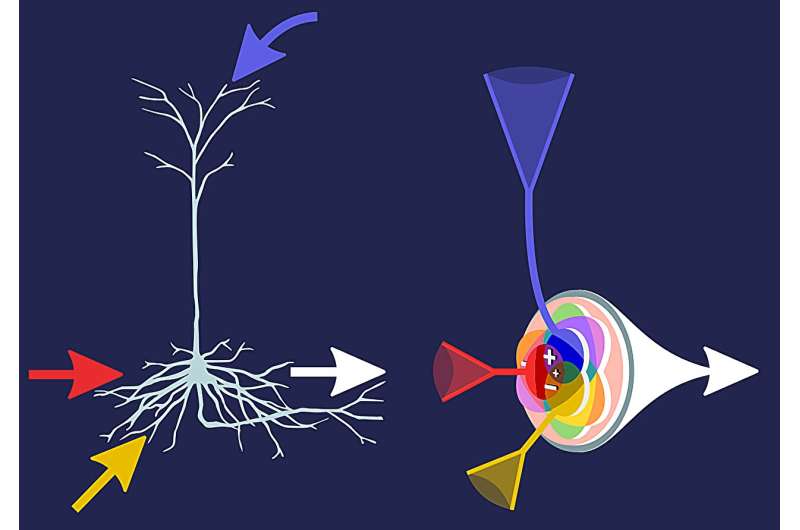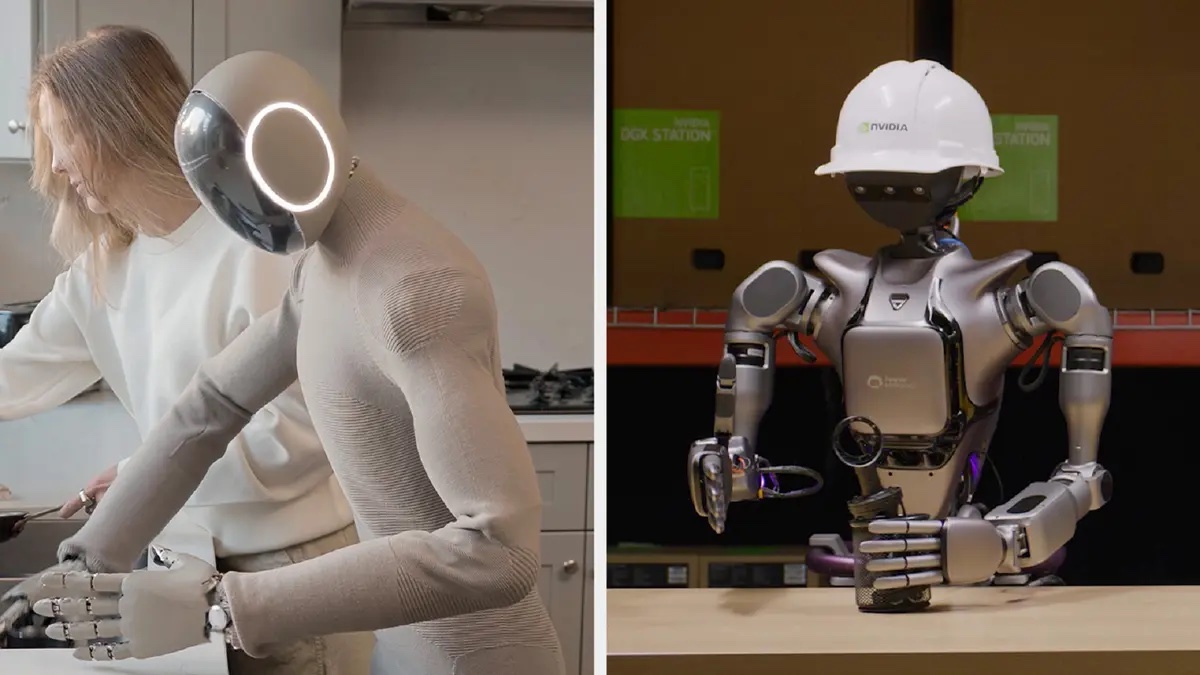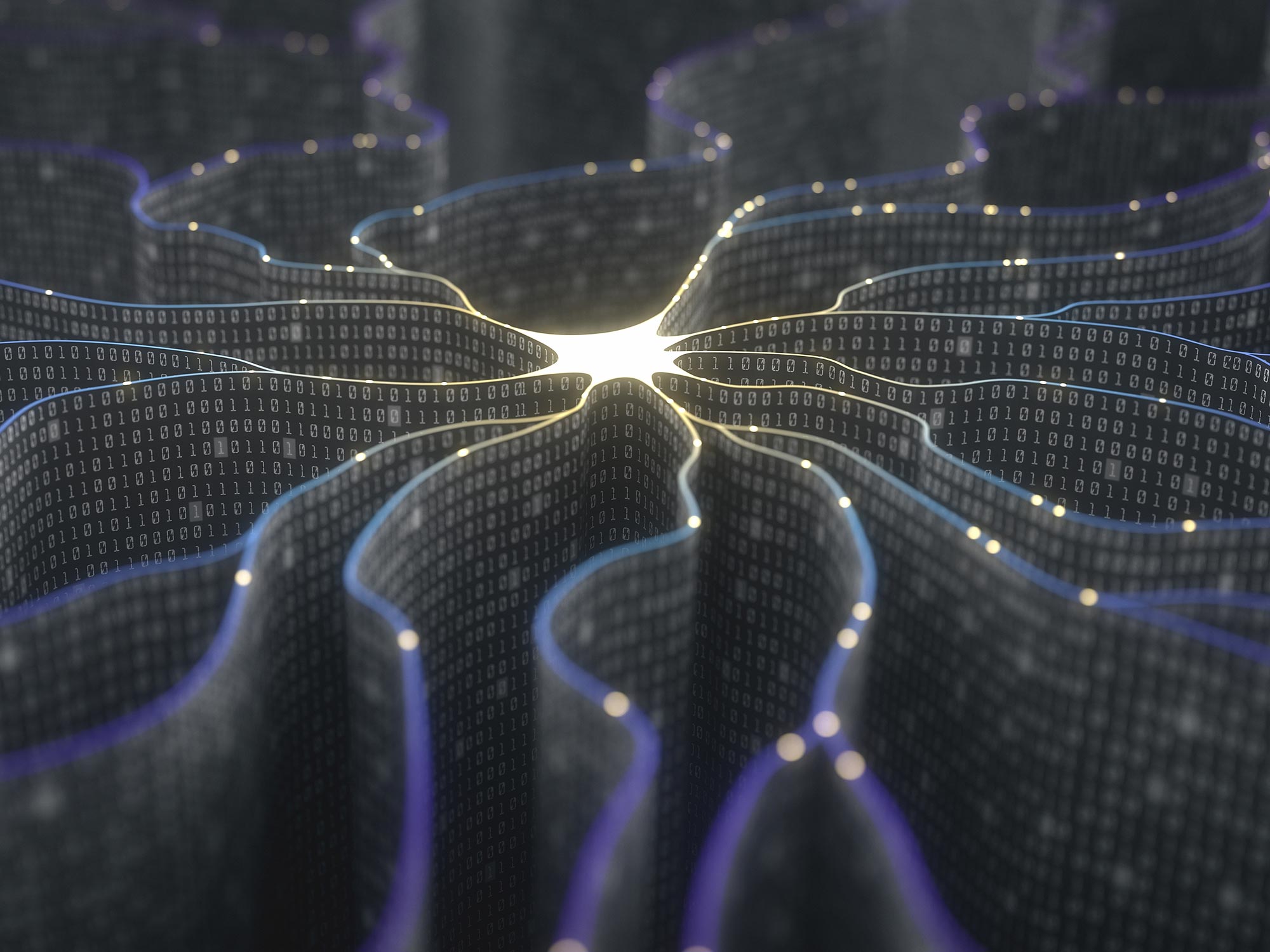A newly developed wearable system powered by artificial intelligence (AI) is offering a transformative way for blind and partially sighted individuals to navigate their environments. Published in Nature Machine Intelligence, the study describes a device that uses advanced AI algorithms to interpret visual data from a built-in camera and convert it into navigational guidance through audio and tactile feedback.
Unlike traditional mobility aids such as white canes or guide dogs, or invasive solutions like retinal implants, this wearable system provides a non-invasive, technology-driven alternative. Previous electronic visual aids have struggled with complexity and usability, limiting their adoption. This system, developed by Leilei Gu and colleagues, addresses those limitations by making navigation more intuitive and responsive.
Continue reading… “AI-Powered Wearable Device Offers New Navigation Aid for the Blind and Partially Sighted”












